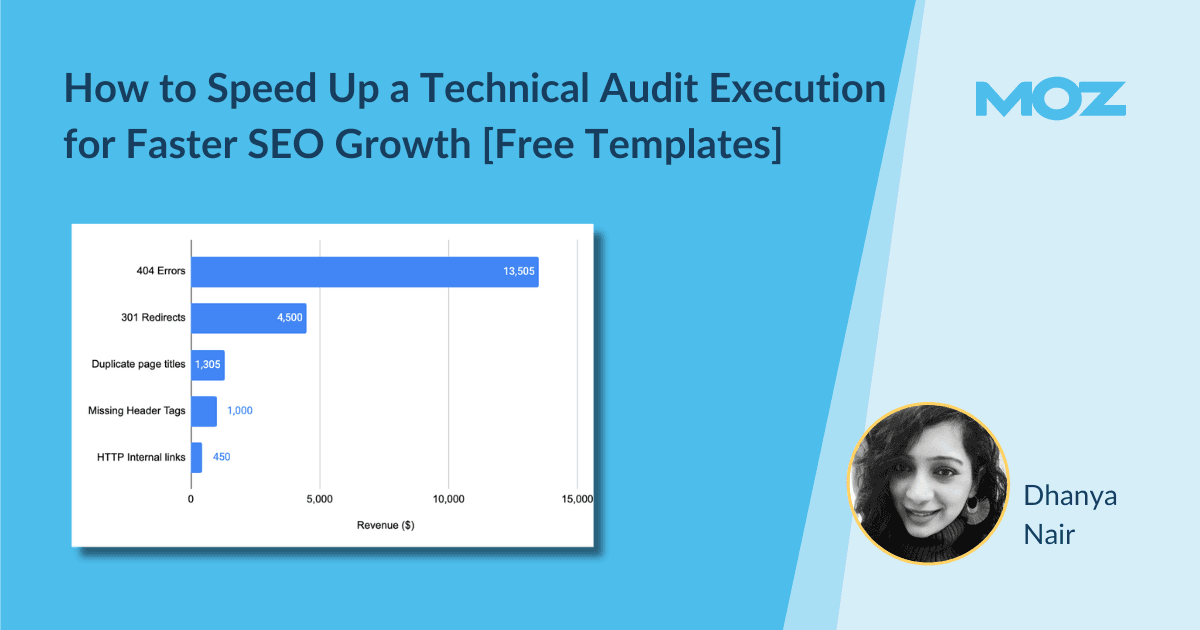Strategic:
Before delving into the technical audit head-on, consider the following framework shared by Aleyda Solis:
|
Business Type |
Project |
Website Size |
SEO Maturity |
Goals |
|
International E-commerce |
SEO roadmap for quarterly growth |
Over 5K pages/Large |
High |
Get 5% organic revenue growth since last quarter. |
|
Investment Platform |
SEO support for website migration |
Over 10k pages/Large |
High |
Cohesive website re-platforming over seven months. |
|
Newly launched private gynecology practitioner |
SEO processes for a newly launched website |
500 pages/small |
Low |
Improving brand awareness by X percent in the UK market |
The above framework helps to get into a solutions-focused framework state of mind, allowing the client or stakeholder to not get overwhelmed with too much data.
This audit framework will differ according to the business and website you are working on.
A framework like this will enable clients/stakeholders to understand the problem, project (tasks involved), and how it ties in with their goals. Giving a clear summary of the scope of the audit will remove ambiguities, and you can get your recommendations implemented faster.
In the above example, by understanding the business type and its goals, both in the long-term and short-term, it is easier to give recommendations that would be easier to implement. For example, a technical audit for a small private gynecology practice would be very different from a large international e-commerce site.
So, the first step to get your technical audit executed is to reduce data overwhelm and have a clear framework for the task, relative to the type of business you’re working with.
Revenue-focused:
Instead of checklists, providing a revenue breakdown for each task is more likely to prompt stakeholder action.
For example, let’s consider our e-commerce business. 404 errors are a common issue that you’ll encounter when working on a website. However, instead of just stating the number of 404 errors, to ensure this issue gets resolved, I would:
1. Show the stakeholder all of the internal links pointing to the respective page.
2. Find out how many backlinks the 404 pages have. Backlinks to a 404 page don’t count towards page rank. Prioritize actioning them using backlink data based on how many backlinks the 404 pages have and their Domain Authority (DA).
3. Provide the revenue generated from those pages in the last 12 months. You can find this data in Google Analytics or internal systems if you have access.
4. Provide visual support for your data, such as graphs and charts. You can use Moz Pro to crawl your website to find what pages might be experiencing critical errors.
